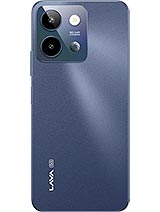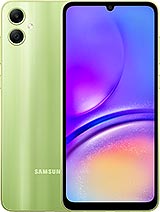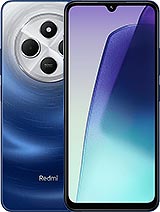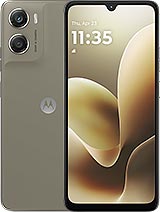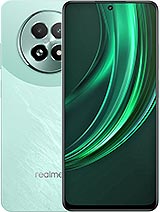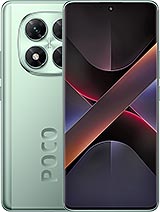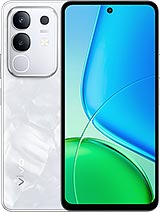Lava Blaze Dragon alternatives
Tap above to see alternatives.
Samsung Galaxy A17 alternatives
Tap above to see alternatives.
Lava Blaze Dragon
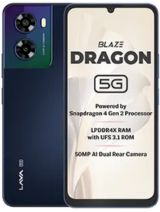
Lava Blaze Dragon
-
Snapdragon 4 Gen 2
4 nm
-
5000 mAh
18W
-
6.75"
720 x 1612 pixels
-
50 MP
1080p@60fps
-
Specs

Samsung Galaxy A17
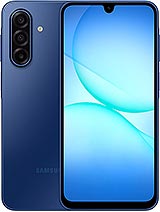
Samsung Galaxy A17
-
Exynos 1330
5 nm
-
5000 mAh
25W
-
6.7"
1080 x 2340 pixels
-
50 MP
1080p@30fps, gyro-EIS
-
Specs

2x2.2 GHz Cortex-A78
6x1.95 GHz Cortex-A55
2x2.4 GHz Cortex-A78
6x2.0 GHz Cortex-A55
8GB 128GB (UFS 2.2)
8GB 256GB (UFS 2.2)
(wide)
f/1.8, (wide), 1/2.76", 0.64µm, AF, OIS
5 MP
f/2.2, (ultrawide), 1/5.0", 1.12µm
2 MP
f/2.4, (macro), 1/5.0", 1.75µm
f/2.0, (wide), 1/3.1", 1.12µm
SIM1: Nano, SIM2: Nano
8 5G bands
n1, n3, n5, n8, n28, n41, n77, n78
13 5G bands
n1, n3, n5, n6, n7, n8, n26, n28, n40, n41, n66, n77, n78
In this performance comparison, the Lava Blaze Dragon with its Qualcomm Snapdragon 4 Gen 2 (4nm) performs better than the Samsung Galaxy A17 with the Exynos 1330 (5nm), thanks to superior chipset efficiency.
Samsung Galaxy A17 launched with Android 15 and will receive updates until Android 21, whereas Lava Blaze Dragon launched with Android 15 and will get Android 16. Samsung Galaxy A17 will get security updates until 2031 (approx. 6 years), while Lava Blaze Dragon is supported till 2027.
Samsung Galaxy A17 features a superior AMOLED display, while Lava Blaze Dragon comes with an LCD panel. In terms of smoothness, Lava Blaze Dragon offers a higher 120 Hz refresh rate, ensuring fluid scrolling and animations. Samsung Galaxy A17 also boasts a brighter screen with 800 nits of peak brightness, enhancing outdoor visibility. Notably, Samsung Galaxy A17 offers a higher screen resolution, resulting in sharper visuals and more detailed content.
Both phones are equipped with the same 5000 mAh battery capacity. Samsung Galaxy A17 also supports faster wired charging at 25W, compared to 18W on Lava Blaze Dragon.
Samsung Galaxy A17 includes an IP54 rating, while Lava Blaze Dragon lacks an official IP rating.
¹ Scores can vary even with the same chipset due to RAM, thermals, and software optimization.

